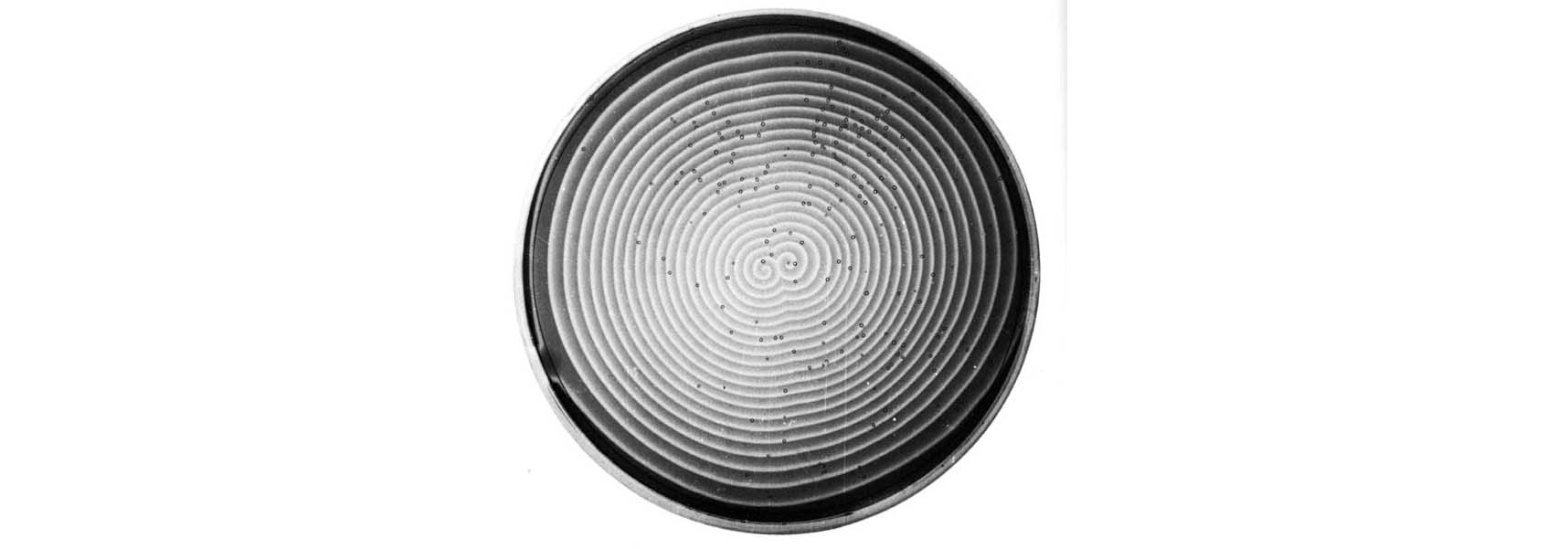Chemical reactions do not generally display dynamic patterns or spatial order. The Belousov-Zhabotinsky reaction, discovered in 1951, may be the first completely understandable laboratory example of pattern formation in a chemical system that involves nothing more than chemical reaction and molecular diffusion. That same year, in 1951, Alan Turing investigated the theoretical possibilities of pattern formation by reaction/diffusion as "The chemical basis of Morphogenesis." The B/Z reaction is an example of a chemical system that shows spatial, periodic and wave properties that suggests that morphogenetic self-organization might follow similar pathways in both inorganic and organic systems. (cf. Slime Mold)
from Arthur T. Winfree, When Time Breaks Down, p. 168
Read MoreCharles Darwin showed how "organs of extreme perfection and complication, which justly excite our admiration" arise not from God's foresight by from the evolution of replicators over immense spans of time. Freeman Dyson reminds us that life consists of both metabolism and replication, and that the two may have started separately. (In its pure state, replication can only be parasitic.) He subscribes to Lynn Margulis' theory that RNA is the oldest and most incurable of our parasitic diseases. (see prokaryote / eukaryote) Genetics is concerned with the replication and variation of of genes in a population (and their impact on adaptation. (See genotype / phenotype )
John von Neumann proved that a machine could be designed that could replicate itself. The logical problem is how to avoid infinite regress that would require the instructions: "how to build machine (how to build machine (how to build machine (etc.)))" If the instructions merely stated "how to build the machine" it would work once and then stop. The new machine would be unable to replicate itself.
The self-replicating machine requires a certain threshold of complexity with a controller that is able to use the same instructions for its own operation as well as for replication. Thinking of the instructions as a "blueprint" the machine is both able to carry out the instructions and copy them as separate operations.
Read More